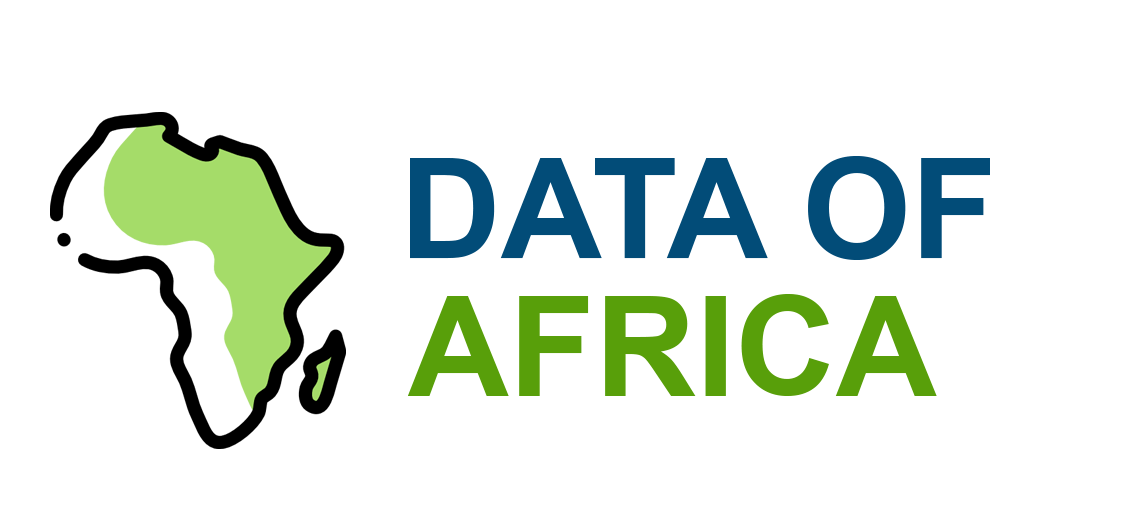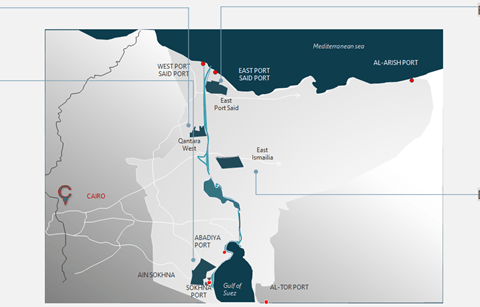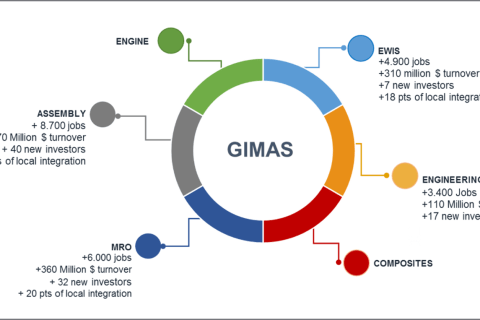- CAN 2025 – Morocco
- Major stadiums: Grand Stade de Casablanca (renovated), Grand Stade de Marrakech, Prince Moulay Abdellah Stadium (Rabat), Grand Stade de Tangier, Agadir and Fez.
- What’s new: hybrid pitches, modernized stands, giant screens, VIP areas, VAR technologies and advanced digital connectivity.
- Logistics: extension of TGV lines (Tangier-Rabat-Casablanca), rehabilitation of airports, modernization of road networks.
- Accommodation: strengthening of the hotel offer, creation of supporters’ villages, public-private partnerships for new reception units.
- 2030 World Cup – Morocco (co-organized with Spain and Portugal)
- Main stadiums: construction of a new large stadium in Casablanca (93,000 seats), renovation of the stadiums in Rabat, Marrakech and Tangier.
- Technologies: connected infrastructure (5G), intelligent security systems, immersive equipment for spectators.
- Transportation: extension of the TGV to Marrakech and Agadir, strengthening of airport capacity, new expressways.
- Sustainability: low-carbon construction, reversible infrastructure, green mobility.
- 2026 Youth Olympic Games – Dakar
- Sports venues: Diamniadio Olympic Stadium (50,000 seats), nautical complex in Saly, renovation of the Dakar sites (Iba Mar Diop, Léopold Sédar Senghor).
- Athletes’ Village: reversible accommodation in student residences.
- Transport/logistics: TER Dakar-Diamniadio-AIBD, new roads, airport extension.
- Sustainable goal: powering sites with renewable energy, reducing emissions, optimized waste management.
These events will permanently transform the urban and sporting landscapes of the host countries and strengthen their international attractiveness.
Conclusion: a lever of transformation for Africa
The major sports projects expected in Africa over the next ten years go far beyond competitions. They are levers for regional transformation: modernizing stadiums, building new transport infrastructure, strengthening hotel capacity, and boosting the local economy.
These events mark the continent’s rise to prominence on the global sporting scene. They also reflect a desire on the part of states to build a lasting legacy:
- Equipment meeting international standards that can be reused for other events;
- Modernized logistics networks that will benefit populations;
- A dynamic of regional cooperation (e.g.: World Cup 2030, Handball 2027) which can inspire other sectors.
However, for this impact to be fully positive, several challenges will need to be addressed: budget control, inclusion of local populations, respect for ecological commitments and sustainability of infrastructure beyond competitions.
The sporting Africa of the 2030s is already taking shape: ambitious, modern, and resolutely turned towards the future.



